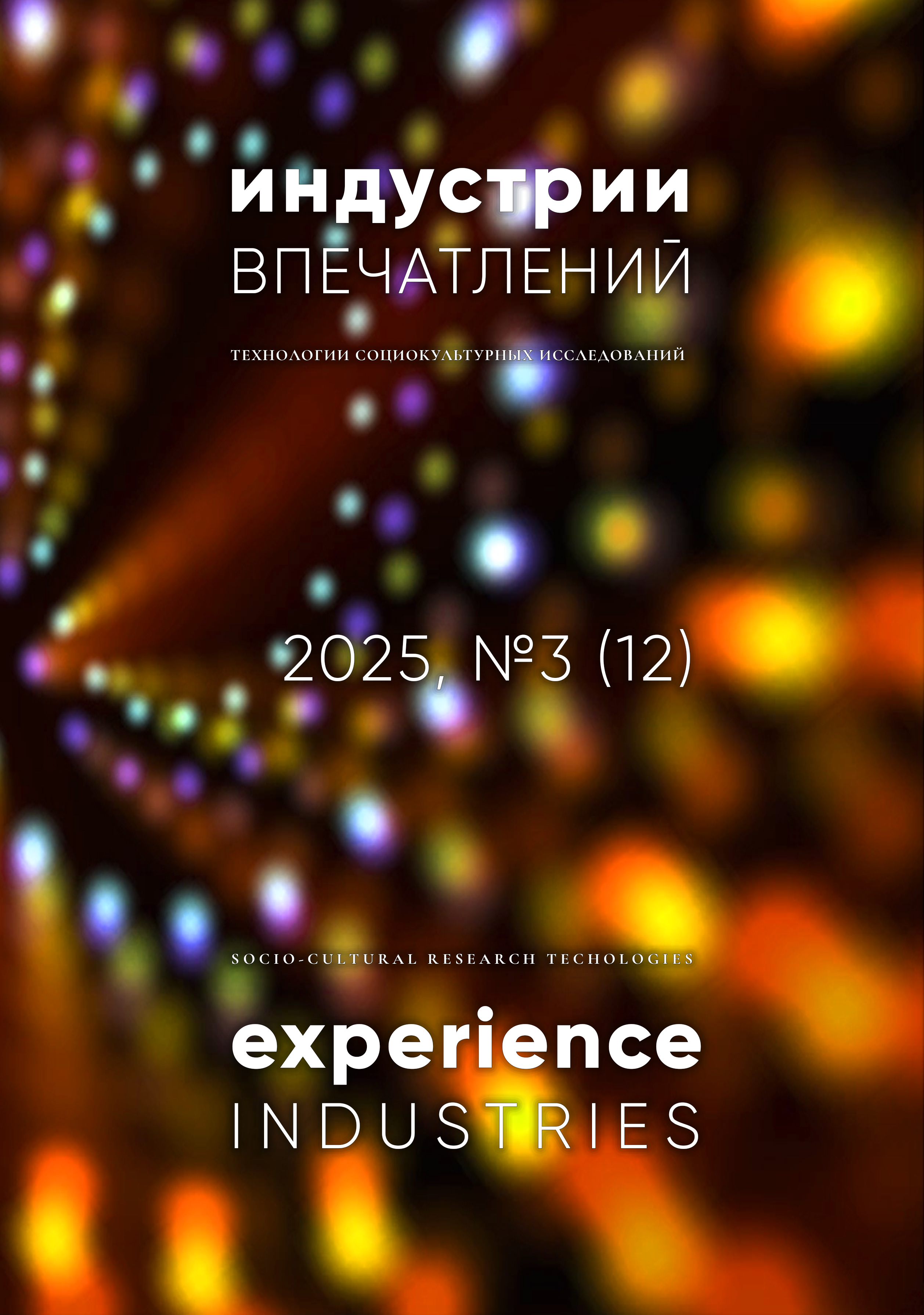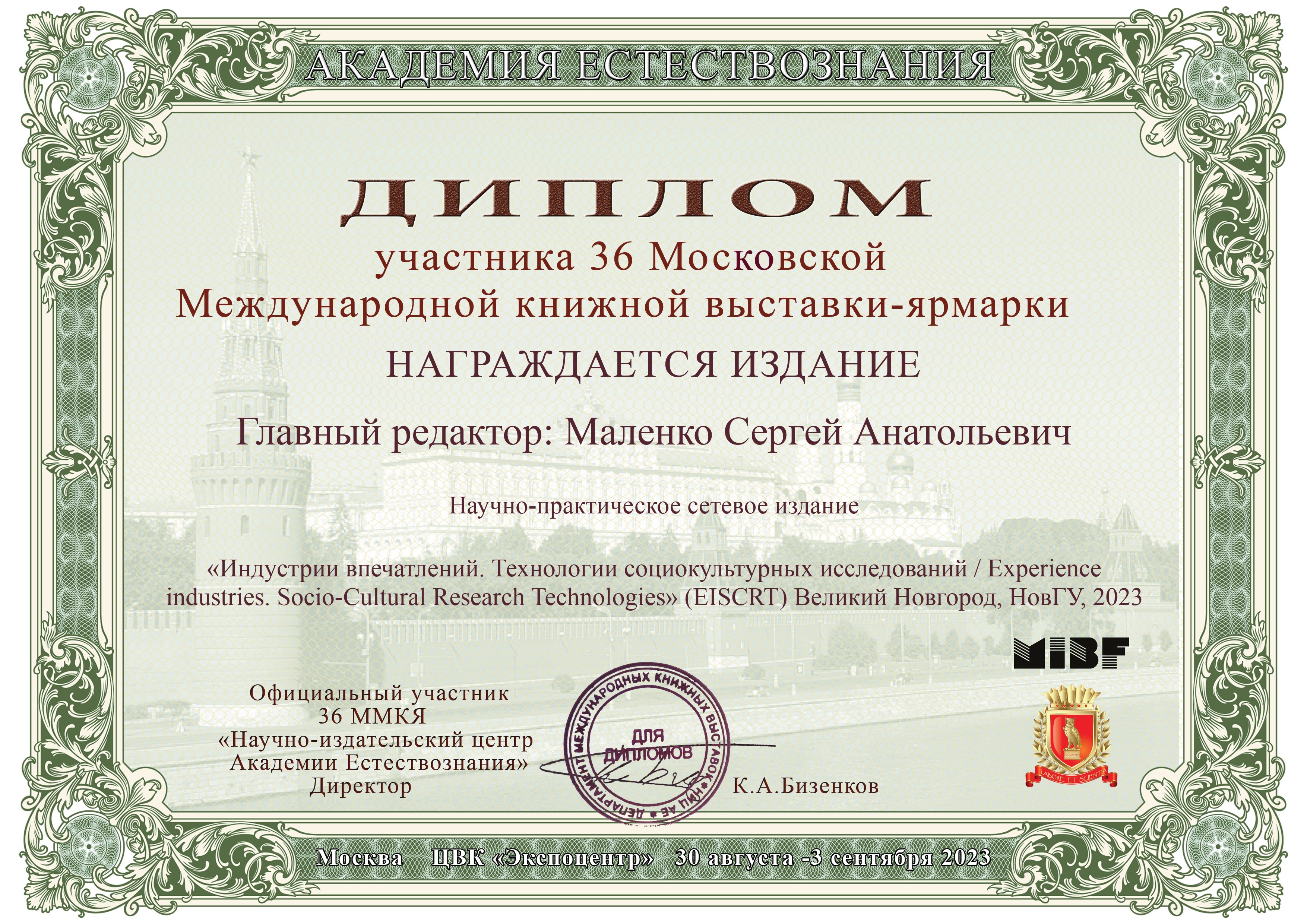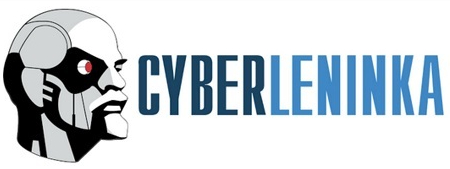THE SECRET AND THE OBVIOUS IN JAPANESE ANIMATION: FLORA, FAUNA AND THE "HIDDEN" MESSAGES FROM THE AUTHORS TO THE VIEWERS
DOI:
https://doi.org/10.34680/EISCRT-2025-3(12)-103-136Keywords:
animation, hanakotoba, visual storytelling, creolized text, visual symbol, semiotics, film languageAbstract
The article is devoted to the analysis of visual means of conveying ideological and semantic content in Japanese animated films. New opportunities for in-depth interpretation of film language, including animation, are opening up within the framework of semiotic and linguistic studies using the concepts of visual narration and creolized text. Categories usually applied within the framework of text linguistics can now be used in relation to works of literature and art based on the construction and comprehension of a visual series. Japanese animation in this sense seems to be a promising object of research. It is based on traditional principles of Japanese aesthetics, such as "yugen", "mono no aware", associated with the identification and interpretation of meanings, including those associated with the visual features of the objects under study. The symbolic meaning of certain objects can be determined based on their own properties, as well as in combination with traditional cinematographic techniques (light and shade, frame organization, editing). In this article, these possibilities are explored using the example of the use of images of flora and fauna in animated works.








